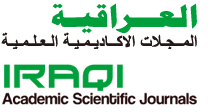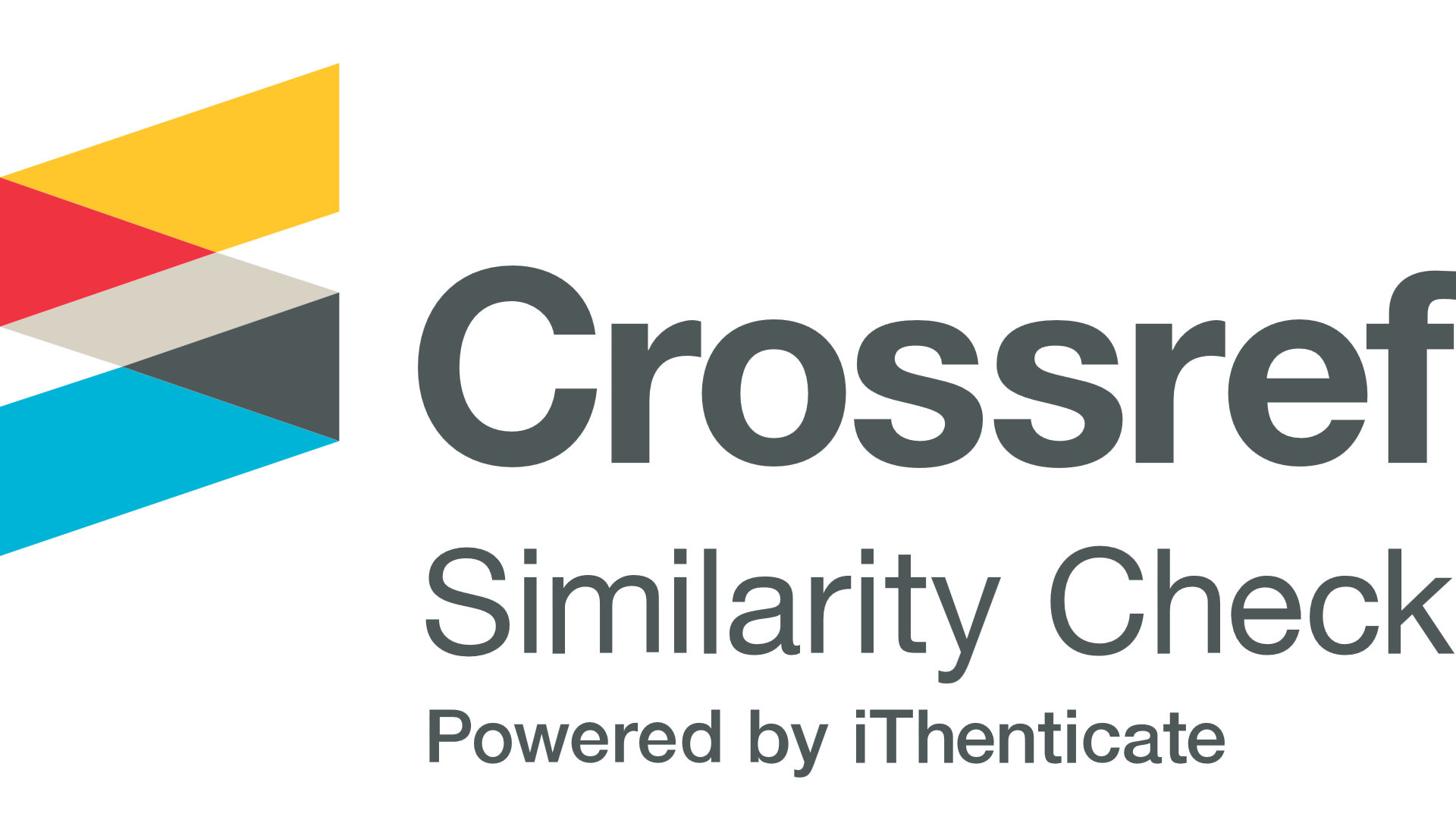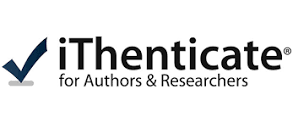Antimicrobial Activity of Cladophora Glomerata and Chara Vulgaris Against Pathogenic Bacteria and Fungi
Abstract
There are several significant secondary metabolites found in freshwater macroalgae, which remain an unexplored source of therapeutic substances. The present study investigated the antimicrobial activity of two different species of macroalgae, Cladophora glomerata and Chara vulgaris. These were extracted using acetonitrile and tested against one Gram-positive bacterium, one Gram-negative bacterium, and one type of fungus using the well diffusion technique. Eleven different concentrations of the algal extract (2, 5, 10, 15, 20, 25, 30, 35, 40, 45, and 50 mg/mL) were prepared for the study. Additionally, gas chromatography-mass spectrometry (GC-MS) was used to analyses the components of the extracts. The results showed that the extract of Cladophora glomerata and Chara vulgaris prepared with acetonitrile was most effective against the pathogenic fungus Candida albicans (ATCC: 10231) at a concentration of 15 mg/mL, followed by Staphylococcus aureus (ATCC: 25923) at 25 mg/mL, and Escherichia coli (ATCC: 35218) at 30 mg/mL. Furthermore, the extract of Cladophora glomerata was more effective against the Gram-positive bacterium Staphylococcus aureus. Numerous chemical components with antibacterial and antifungal properties were identified in the extracts. These included alkaloids, alcohols, carboxylic acids, ketones, benzenes, amines, fatty acids, alkenes, furans, heterocycles, and other natural compounds. The antimicrobial investigation of Cladophora glomerata and Chara vulgaris demonstrated a significant effect in inhibiting or killing bacteria and fungi.
References
- B. Saengsawang, P. Bhuyar, N. Manmai, V. K. Ponnusamy, R. Ramaraj, and Y. Unpaprom, "The optimization of oil extraction from macroalgae, Rhizoclonium sp. by chemical methods for efficient conversion into biodiesel," Fuel, vol. 274, p. 117841, 2020, doi: 10.1016/j.fuel.2020.117841.
- R. Ramaraj, D. D.-W. Tsai, and P. H. Chen, "Freshwater microalgae niche of air carbon dioxide mitigation," Ecol. Eng., vol. 68, pp. 47-52, 2014, doi: 10.1016/j.ecoleng.2014.03.058.
- Y. L. Chew, Y. Y. Lim, M. Omar, and K. S. Khoo, "Antioxidant activity of three edible seaweeds from two areas in South East Asia," Lebenson. Wiss. Technol., vol. 41, no. 6, pp. 1067-1072, 2008, doi: 10.1016/j.lwt.2007.06.013.
- J. Zhao et al., "Extraction, analysis, and antifungal activity study of algae antibiotic active substances in plateau lakes," PloS one., vol. 20, no. 5, p. e0319853, 2025, doi: 10.1371/ journal.pone.0319853.
- N. D. Salman, A. S. Dwaish, and S. M. Kareem, "Evaluation the Antibacterial Activity of some Macro Algae Isolated from Baghdad-Iraq," IOP Conf. Ser. Earth Environ. Sci., vol. 1371, no. 5, p. 052039, 2024, doi:10.1088/1755-1315/1371/5/052039.
- M. Munir, R. Qureshi, M. Bibi, and A. M. Khan, "Pharmaceutical aptitude of Cladophora: A comprehensive review," Algal Res., vol. 39, p. 101476, 2019, doi: 10.1016/j.algal.2019.101476.
- Z. Wu et al., "Antibacterial and cytotoxic new napyradiomycins from the marine-derived Streptomyces sp. SCSIO 10428," Mar. Drugs, vol. 11, no. 6, pp. 2113-2125, 2013, doi: 10.3390/md11062113.
- M. S. Dwaish, "Anti-dermatophytes activity of some algal extracts isolated From Baghdad City-Iraq," Res J Pharm Technol., vol. 11, no. 12, pp. 5449-5454, 2018, doi: 10.5958/0974-360X.2018.00993.9.
- K. Korzeniowska, B. Łęska, and P. P. Wieczorek, "Isolation and determination of phenolic compounds from freshwater Cladophora glomerata," Algal Res., vol. 48, p. 101912, 2020, doi: 10.1016/j.algal.2020.101912.
- Z. Shah, S. L. Badshah, A. Iqbal, Z. Shah, A.-H. Emwas, and M. Jaremko, "Investigation of important biochemical compounds from selected freshwater macroalgae and their role in agriculture," Chem Biol Technol Agric., vol. 9, no. 1, p. 9, 2022, doi: 10.1186/s40538-021-00273-0.
- C. M. Shareef and F. H. Aziz, "Assessment of Some Physico-Chemical Parameters and Heavy Metals in The Greater Zab River Path from Bekhma to Al Guwayr District in Erbil Province-KRI," Zanco J Pure Appl Sci., vol. 35, no. 2, pp. 94-110, 2023, doi: 10.21271/ZJPAS.35.2.11.
- G. W. Prescott. Algae of the western Great Lakes area. United states of America: 4th ed. WM. C. Brown Company Publisher;. p. 292, 1970.
- R. A. Matthews. Freshwater Algae in Northwest Washington, Volume II, Chlorophyta and Rhodophyta. Western Washington University: Western CEDER; p. 786, 2016, doi: 10.25710/fctx-n773.
- M. Hombach, G. V. Bloemberg, and E. C. Böttger, "Effects of clinical breakpoint changes in CLSI guidelines 2010/2011 and EUCAST guidelines 2011 on antibiotic susceptibility test reporting of Gram-negative bacilli," J Antimicrob Chemother., vol. 67, no. 3, pp. 622-632, 2012, doi: 10.1093/jac/dkr524
- H. A. Alghanmi and A. S. Omran, "Antibacterial activity of ethanol extracts of two algae species against some pathogenic bacteria isolated from hospital patients," Eurasian J Biosci., vol. 14, no. 1, 2020.
- Y. Li et al., "A comparative study: the impact of different lipid extraction methods on current microalgal lipid research," Microb Cell Fact., vol. 13, no. 14, pp. 1-9, 2014, doi: 10.1186/1475-2859-13-14.
- A. S. Ismaeil and F. A. Saleh, "Sumac (Rhus coriaria L) as quorum sensing inhibitors in Staphylococcus aureus," J Pure Appl Microbiol., vol. 13, no. 4, pp. 2397-2404, 2019, doi: 10.22207/JPAM.13.4.56.
- O. D. Stefanović, A. B. Rakonjac, D. D. Nikodijević, S. D. Milojević, A. Dinić, and S. B. Simić, "Freshwater algae Cladophora glomerata and Vaucheria sp. from Serbia as sources of bioactive compounds: chemical analysis and biological activities," Arch Biol Sci., vol. 76, no. 2, pp. 175-189, 2024, doi: 10.2298/ABS240215012S.
- A. Silva et al., "Antibacterial use of macroalgae compounds against foodborne pathogens," Antibiotics., vol. 9, no. 10, p. 712, 2020, doi: 10.3390/antibiotics9100712.
- A. M. Abo-Shady, S. F. Gheda, G. A. Ismail, J. Cotas, L. Pereira, and O. H. Abdel-Karim, "Antioxidant and antidiabetic activity of algae," Life., vol. 13, no. 2, p. 460, 2023, doi: 10.3390/life13020460.
- J. Toma. Response of Algal Distribution to Environmental Condition of Shaqlawa District and their Antibiotic Activities [PH. D. dissertaion]. Univ. of Salahaddin. Erbil; 2022. 225 p.
- S. A. Cochrane and C. T. Lohans, "Breaking down the cell wall: Strategies for antibiotic discovery targeting bacterial transpeptidases," Eur J Med Chem., vol. 194, p. 112262, 2020, doi: 10.1016/j.ejmech.2020.112262.
- O. Erturk and B. TAB, "Antibacterial and antifungal effects of some marine algae," Kafkas Univ Vet Fak Derg., vol. 17, no. 1, pp. 122-124, 2011, doi:10.9775/kvfd.2010.2539.
- D. Marimuthu and A. Jayaraman, "Isolation and growth characterization of the fresh water algae Chlorosarcinopsis eremi on different growth media," J. Pure Appl. Microbiol., vol. 12, no. 1, pp. 389-392, 2018, doi.org/10.22207/JPAM.12.1.46.
- O. Awotedu, U. Okeke, P. Ogunbamowo, O. Ariwoola, and T. Omolola, "Extraction of phytochemical compounds of Leea guineensis (g. Don) leaves using non-polar and polar solvents," European J Med Plants., vol. 31, no. 2, pp. 24-31, 2020, doi: 10.9734/EJMP/2020/v31i230213.
- M. Alizadeh et al., "Recent updates on anti-inflammatory and antimicrobial effects of furan natural derivatives," J Inflamm Res., vol. 13, pp. 451-463, 2020, doi: 10.2147/JIR.S262132.
- M. Desnoyers, K. Gilbert, and G. Rousseau, "Cardioprotective effects of omega-3 polyunsaturated fatty acids: dichotomy between experimental and clinical studies," Mar drugs., vol. 16, no. 7, p. 234, 2018, doi: 10.3390/md16070234.
Identifiers
Download this PDF file
Statistics
Downloads
How to Cite
Copyright and Licensing

This work is licensed under a Creative Commons Attribution 4.0 International License.





